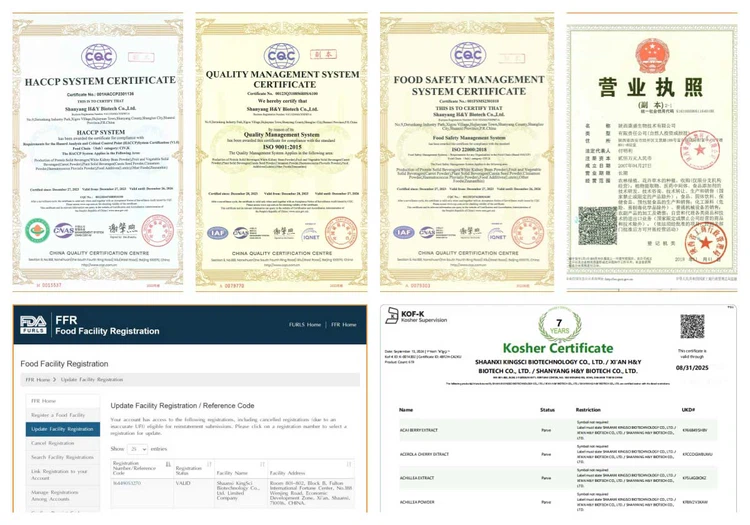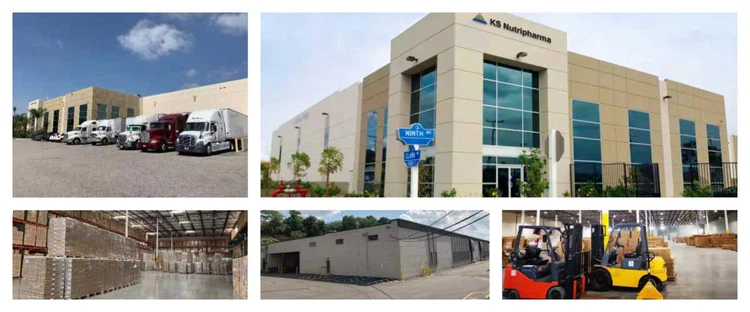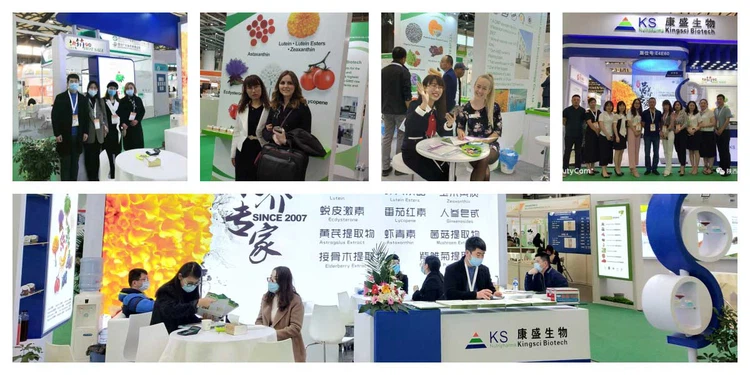What is Rosemary Extract Powder?
Rosemary Extract Powder is made from dried rosemary leaves using advanced extraction and spray-drying, which produces a fine and free-flowing powder suitable for industrial-scale use. For use in B2B, the content of this ingredient is adjusted to contain chiefly carnosic acid and rosmarinic acid, which are known for acting as strong antioxidants. Using it, manufacturers can increase a formula's oxidative stability and also help it last longer without using synthetics. Because of its dispersible nature and acceptance in dry or semi-moist products, it is useful in seasoning blends, dry food mixes, supplements, and cosmetic items where safe lipid ingredients and clean labels are required. Drugs made as powder are easier to store, transport, and dose accurately during the manufacturing process. Its structure holds up under routine manufacturing and keeps products in good shape for a long period in heat-sensitive or extended-shelf-life categories.

COA
| Item | Specification | Method | Result |
| Appearance | Brown fine powder | Visual | Complies |
| Odor | Characteristic rosemary aroma | Organoleptic | Complies |
| Identification | Rosmarinic Acid positive by HPLC | HPLC | Positive |
| Rosmarinic Acid | ≥15% | HPLC | Complies |
| Total Polyphenols | ≥40% | Folin-Ciocalteu method | Complies |
| Loss on Drying | ≤ 5.0% | Gravimetric | 3.00% |
| Ash | ≤ 4.0% | Gravimetric | 2.00% |
| Heavy Metals | ≤ 5 ppm total | ICP-MS | Complies |
| Microbial Limits | Total Plate Count ≤ 500 CFU/g | Plate Count Method | Complies |
| Yeast & Mold ≤ 50 CFU/g | Plate Count Method | Complies | |
| Pesticide Residues | Not Detected | GC-MS/LC-MS | Not Detected |
Are you interested in our products? Just leave a message on this website or contact donna@kingsci.com directly to get free samples and more professional support!
Main Ingredients
It has a number of active natural components, but carnosic acid is the most noted and significant one. The chief reason Carnosic Acid is preferred is its role in stopping the process of excess oxidation of lipids, which helps preserve the freshness of the extract during processing and storage. Rosmarinus officinalis also consists of other important chemicals known as carnosol and rosmarinic acid, both contributing more antioxidant abilities. They cooperate to defend sensitive components in different makeup formulations, mainly those filled with oils and fats. Since there is a high amount and strong effect of these compounds, especially carnosic acid, in Rosemary, people often use it to preserve food, make health supplements, and design personal care products.
Process
1. Raw Material Selection
Rosemary leaves are carefully grown in standard places to give a reliable amount of active compounds, and always keep track of their origin.
2. The step of grinding and pre-treatment steps are necessary to prepare the waste.
The leaves are crushed into coarse bits to make them easier for chemicals to act on, and then sieving is used to screen out garbage or anything not wanted.
3. Solvent Extraction
This type of rosemary undergoes solvent extraction with ethanol or a combination of ethanol and water to remove the important active ingredients carnosic acid and rosmarinic acid.
4. Filtration
Plant parts and any insoluble matter are removed from the extract solution, which is left with a pure liquid rich in active compounds.
5. Concentration
The extract is next concentrated under low pressure (vacuum) to remove surplus solvent without damaging sensitive materials.
6. Spray Drying
A fine powder is formed by spray-drying the extract at controlled air and temperature. Sometimes, a proper carrier (like maltodextrin) is added to help the powder flow evenly and remain stable.
7. Sieving and Blending
Sieving the powder helps achieve even particle sizes, and mixing it allows us to adjust its concentration and consistency as necessary.
8. Control of Quality & Standardization
There are tests for the presence of active ingredients (like carnosic acid), bacterial safety, moisture, and the presence of heavy metals in the final product. It must be made to fit the required technical specifications for industrial buyers.
9. Packaging
The supply of Natural Rosemary Extract is prepared with the finished product in moisture-proof, light-resistant packaging, which is optimal for shipping and storing it for a long time.

Suitable For
Pure Rosemary Extract is mainly designed for those who work in food, nutraceutical, cosmetic, and pet nutrition industries and want to use a safe, plant-based method to maintain product stability and increase shelf life. It is particularly convenient for those aiming for cleaner formulas and who want alternatives to chemical antioxidants. Professional R&D teams and procurement departments use it widely since it helps improve their products in a regulated, safe, and effective way.
Certifications

American warehouse

Exhibitions

Hot Tags: rosemary extract powder, China, manufacturers, suppliers, factory, wholesale, price, pricelist, quotation, bulk, in stock, KOSHER, ISO, HACCP







